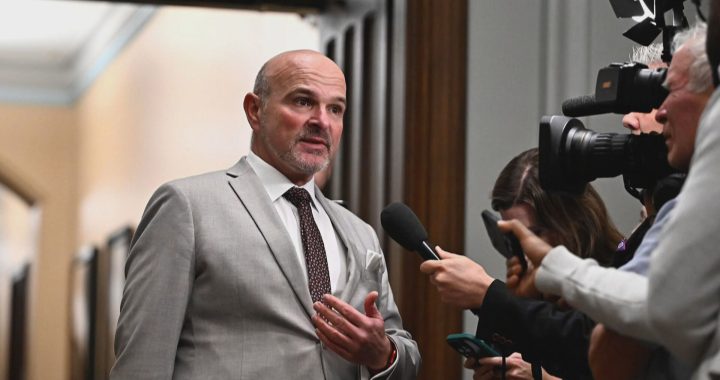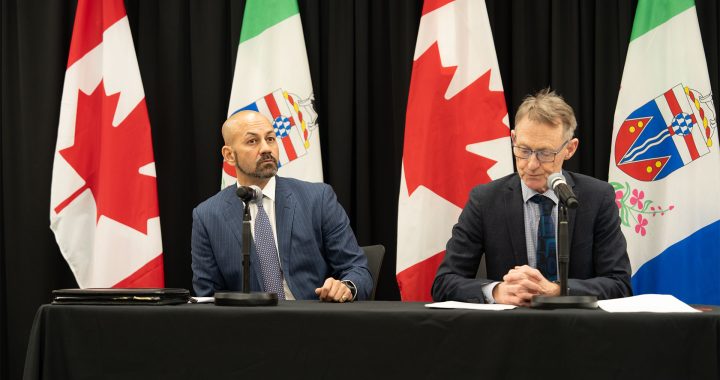The Canadian Press
Melanie Dene still remembers the harrowing ordeal of driving through fiery hell during the evacuation of Fort McMurray six months ago with her two young daughters.
The chaos of traffic-choked roads, the thick smoke from the massive northern Alberta wildfire and flames so hot that her car stalled _ its engine on fire _ are all still fresh in her mind.
“It was scary and I was like ‘Oh my God,” she said. “I just started praying and telling my girls that it was going to be OK.
“There was just fire dropping everywhere. I just can’t get that image out of my head. My first thought was we are going to die.”
Dene and her family lost their home and all of their belongings in the fire but made it out safely. They now live in Edmonton.
She and others are now the subject of a research study into how the wildfire affected First Nation and Metis communities in and around the Fort McMurray region.
The Canadian Red Cross is funding research, which involves talking to people whose homes were destroyed in the city, who faced food shortages in outlying communities and those who can no longer hunt, trap or pick berries because of the charred terrain.
The study involves five First Nations that make up the Athabasca Tribal Council along with the Wood Buffalo, Willow Lake and Chard Metis communities and other organizations.
Maggie Farrington, CEO of the tribal council, said they hope to learn how to help communities recover from the fire and be better prepared for future disasters. The council estimates about 10,000 Indigenous people live in the region, including some who lost homes in some of the hardest hit city neighbourhoods.
The $500,000 study is being conducted by a consulting firm and will include asking people to share what happened to them during the fire.
“There is a healing element in telling stories,” Farrington said. “At some point their stories will contribute to a larger dialogue to help build a resiliency that we really hope will be the ultimate result of this research.”
The report is to be completed in 18 months and its findings are to be shared with governments.
Farrington said Indigenous people are determined to bounce back from the wildfire, including eight of her staff who lost homes in the blaze.
The tribal council building survived, but the flames scorched the teepee lodge polls the organization uses for ceremonies. Staff simply scraped off the charred areas so they can be used again.
Before May 3, Dene always thought of fire as a source of warmth, not as something mean and destructive. She said it took time before she could even look at a campfire, but finally came to terms with her fear.
During a birthday celebration for one of her daughters she made a point of looking directly into the flames in a fireplace.
“It was really hard for me. I was terrified. But I did it,” she said.
“It has been six months and I still feel that we are still experiencing the trauma.”









